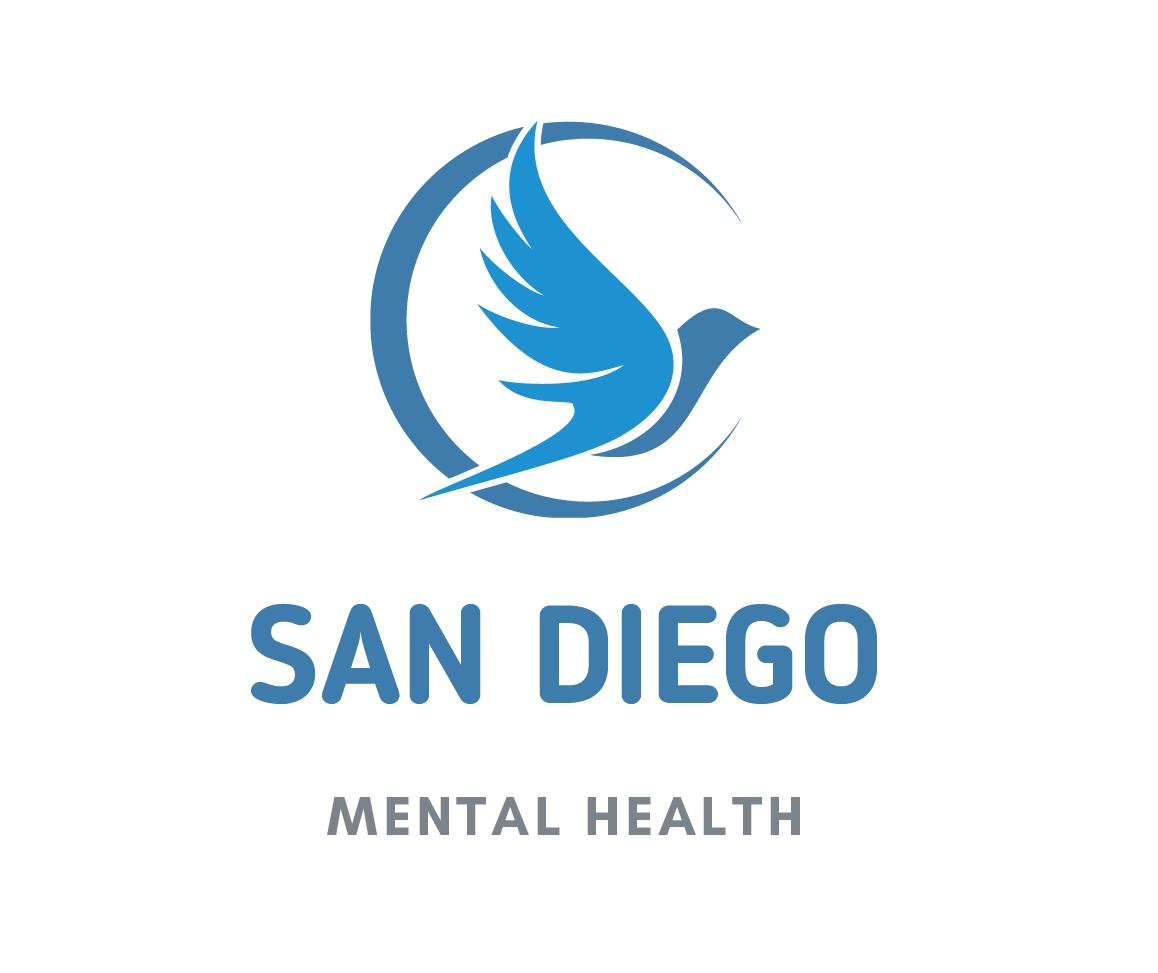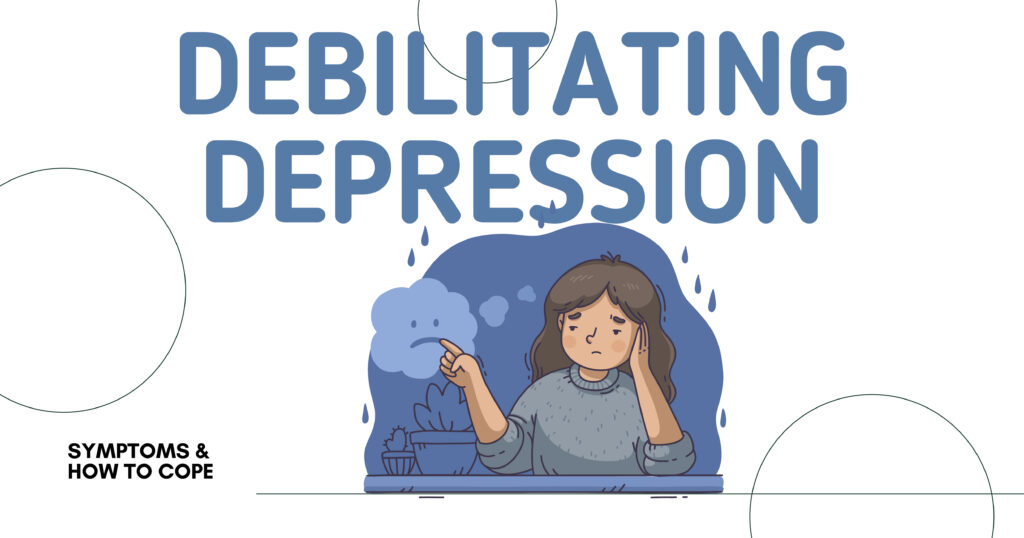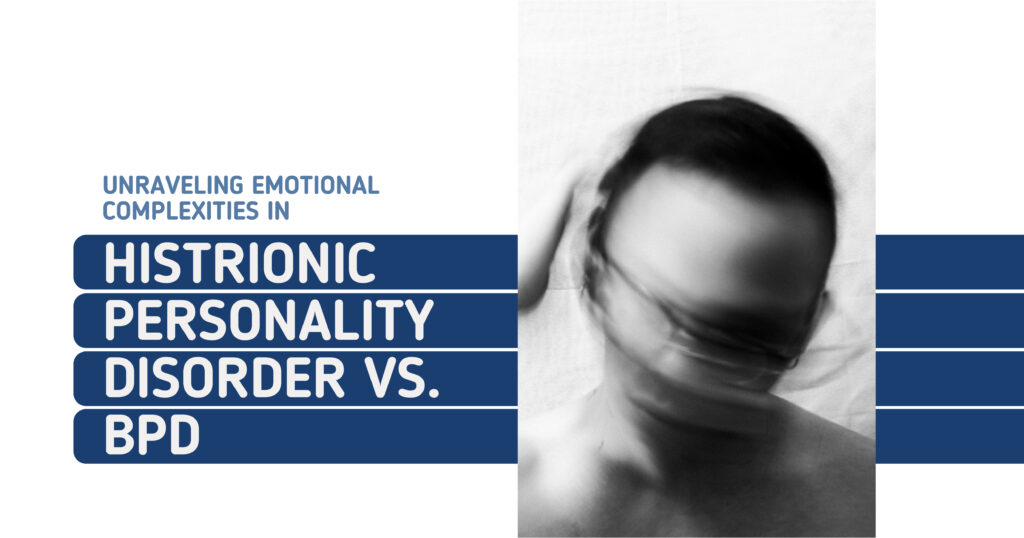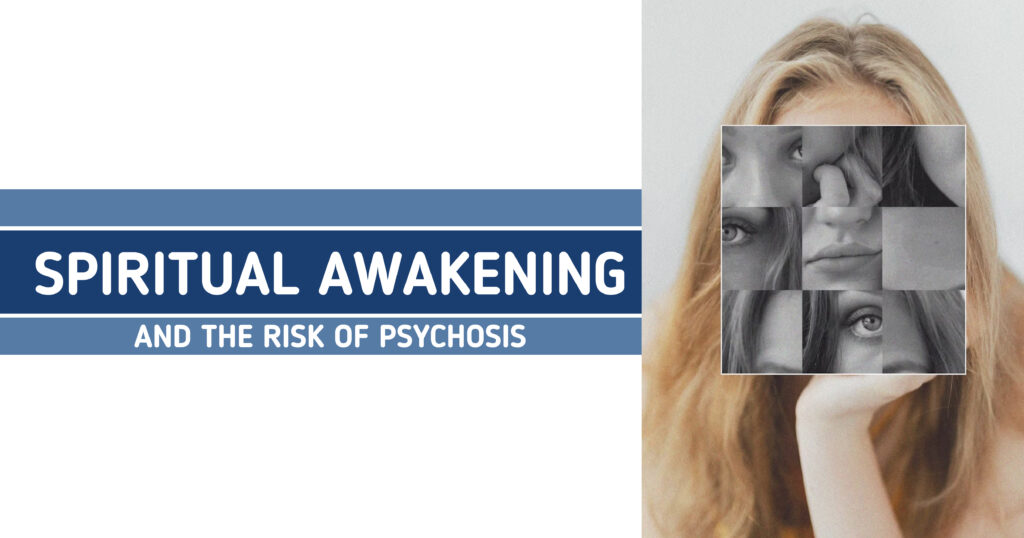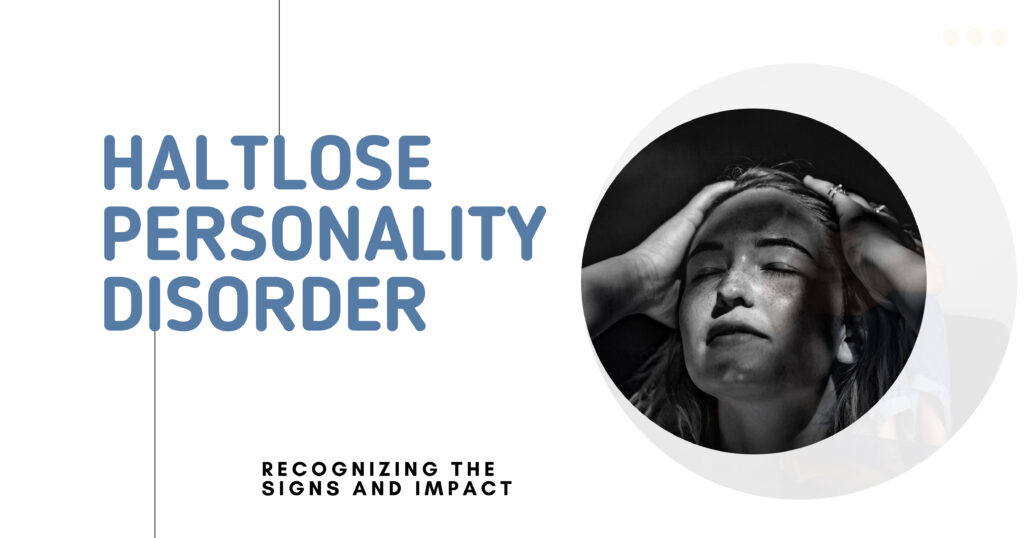Depression is a widespread and serious mental health condition that impacts more than 300 million people worldwide, according to the World Health Organization. In the United States, about 21 million adults, roughly 8.3% of the adult population, experienced at least one major depressive episode in 2021.
Depression which leads to severe disruptions of daily activities is called debilitating depression while the term crippling depression applies to similar cases with extreme severity. These unofficial medical terms illustrate the extreme magnitude of the condition because individuals experience such overwhelming difficulty performing simple actions as basic movement or employment duties.
Understanding what is a crippling depression and recognizing the symptoms of crippling depression is critical for early intervention. In this blog, we’ll explore the symptoms of crippling depression, understand how to deal with crippling depression, and offer strategies for reclaiming hope and control over your mental health journey.
What Is Debilitating (Crippling) Depression?
Debilitating depression indicates an extreme variant of major depressive disorder (MDD) with symptoms that create severe impairment to everyday functioning. The symptoms of debilitating depression far exceed typical depression in severity as these individuals are incapable of handling the most fundamental activities such as dressing, eating, and exiting their home.
Crippling depression functions as a strong concept people employ to articulate the full extent depression exerts on their existence although medical authorities have not officially recognized this terminology. Getting proper help and support requires defining depressive conditions because debilitating depression differs from ordinary forms of depression.
While crippling depression is not a formal clinical diagnosis, it is a powerful term many use to describe how profoundly depression can impact their lives.
Debilitating vs. Typical Depression
Below is a simple comparison between debilitating (crippling) depression and typical depression:
| Feature | Typical Depression | Debilitating (Crippling) Depression |
| Severity of Symptoms | Moderate; a person can usually function | Severe, daily tasks often feel impossible |
| Impact on Daily Life | Can attend work/school with effort | Unable to work, study, or care for oneself |
| Physical Symptoms | May experience fatigue or appetite changes | Intense physical pain, exhaustion, somatic symptoms |
| Energy Levels | Reduced but manageable | Extremely low; even moving can feel exhausting |
| Social Withdrawal | Limited social engagement | Total isolation from friends and family |
| Co-occurring Anxiety | Possible | Very common, severe anxiety is often present |
| Need for Immediate Treatment | Important, but not always urgent | Urgent need for professional intervention |
San Diego Mental Health
Recognizing the Symptoms of Crippling Depression
Early detection of crippling depression symptoms strengthens the chances of getting treatment which initiates the recovery process. People suffering from depression experience mood-related symptoms, while those with debilitating depression experience full-scale mental and behavioral encroachment on all aspects of their existence.
Depression produces more than emotional symptoms as it manifests both physically and behaviorally, which causes full disruption of daily activities.
Physical and Behavioral Signs
The symptoms that belong to debilitating depression include these physical and behavioral manifestations:
Physical Signs
- Fatigue and exhaustion, even after rest
- Chronic pain without a clear medical cause
- Changes in appetite
- Weakened immune system
- Nausea and Stomach pain on regular basis
- Sleep disturbances
Behavioral Signs
- Withdrawing from friends, family, and social activities
- Not taking care of yourself and ignoring hygiene
- Unable to meet deadlines and forget important details
- Not interested in things that would attract previously
- Increased irritability, anger, or frequent mood swings
- Feeling hopeless and helpless all the time
Depression and anxiety patients who suffer from severe symptoms often develop intense physical manifestations, which include chest tightness and restlessness, together with panic attacks. Such severe reactions play a role in strengthening fear and feeling isolated which makes getting assistance even more challenging.
What Causes Debilitating Depression?
Depression exists as a severe condition that stems from multiple reasons. Depression emerges from multiple biological, psychological, and environmental elements that intertwine. The identification of depression causes enables individuals to recognize both the causes of severe depression and develop appropriate treatment methods.
Biological, Psychological, and Environmental Factors
Biological Factors
The formation of debilitating depression heavily depends on natural biological elements. The risk of developing mood disorders becomes higher when genetics combines with a family history of such illnesses. Depression is more likely to occur or grow worse during hormonal transitions, which take place during pregnancy or menopause.
Psychological Factors
A combination of particular personality characteristics and a history of previous experiences makes someone more at risk of suffering from extreme depression. The risk of serious depressive episodes increases in people who display low self-esteem, pessimistic attitudes, and experience past trauma such as abuse or neglect.
Environmental Factors
Extreme stressors in life serve as strong causes that create devastating depression. Major adverse life experiences that lead to depression include losing a family member, facing monetary difficulties, or ending romantic relationships. Continuous situations causing stress, such as discriminatory experiences and bullying incidents, or caring duties for others, also play a role. When people lack social support, along with feeling isolated, they become more likely to experience serious depressive symptoms.
The Connection Between Crippling Depression and Anxiety
Some people suffer from major depression alongside anxiety to a severe degree. Research findings indicate that depression affects half of all patients who receive such a diagnosis, along with anxiety symptoms. The separate nature of depression and anxiety conditions normally allows each to worsen symptoms of the other, so recovery becomes harder to achieve.
The following table provides an easy reference point to outline how depression and anxiety share symptoms but remain separate conditions.
| Aspect | Crippling Depression | Anxiety Disorder | Overlap |
| Primary Emotion | Deep sadness, hopelessness | Intense fear, worry | Emotional overwhelm |
| Thought Patterns | Negative, self-critical thoughts | Persistent worry, catastrophic thinking | Difficulty concentrating, racing thoughts |
| Physical Symptoms | Fatigue, aches, and sleep problems | Restlessness, rapid heartbeat, and sweating | Insomnia, gastrointestinal problems |
| Impact on Behavior | Withdrawal, inactivity | Avoidance of feared situations | Isolation, difficulty functioning |
| Common Co-occurrence | Very common in severe depression | Often paired with depressive episodes | May require dual treatment approaches |
How to Deal With Crippling Depression
Consistent small steps always create meaningful progress when you try to move forward from a difficult situation.
These methods will help people deal with severe depression:
- Seek Professional Help
- Build a Support System
- Create a Daily Routine
- Focus on Physical Health
- Practice Mindfulness and Relaxation Techniques
- Avoid Substance Use
- Celebrate Small Wins
- Be Patient With Yourself
San Diego Mental Health
Treatment Options That Can Help
Patients with debilitating or crippling depression would need to combine various treatment approaches. The treatment of emotional and physical symptoms needs equal attention to establish lasting recovery. A range of effective methods exists to control the extensive impacts of this condition.
Therapy, Medication, and Holistic Approaches
Several healing methods combine their efforts to achieve patient recovery. Here’s a simple breakdown:
| Treatment Type | Description |
| Therapy | Therapy helps individuals change negative thinking patterns, manage emotions, and strengthen relationships. |
| Medication | Medication often reduces symptoms enough to allow better participation in daily activities. |
| Holistic Approaches | Complementary treatments like exercise, mindfulness, nutrition, and stress management can enhance emotional and physical health. |
Supporting Someone Struggling With Debilitating Depression: How You Can Make a Real Difference
Providing support to an emotionally troubled loved one who suffers from serious depression or serious depression feels intimidating. It remains difficult to determine suitable actions and appropriate words to help without causing unintended suffering. Knowing what to say or do when supporting such a person can significantly improve their path to recovery.
Encouraging Professional Help and Offering Empathy
Here are ways you can effectively support someone struggling with crippling depression and anxiety:
- Encourage Professional Treatment
- Be an Active Listener
- Offering to assist with basic tasks, errands, or meal preparation can lighten their burden.
- Regular contact can help your loved one feel less isolated.
- Respect Their Pace
Get Help at San Diego Mental Health
People experiencing intense depression or extreme depression should not wait to get needed help from treatment professionals. At San Diego Mental Health, you will receive targeted support through therapy as well as drug management and various whole-body treatment methods. Contact us today to get immediate support and start your path toward recovery and wellness.
San Diego Mental Health
FAQs
What does crippling depression feel like?
The burden of severe depression becomes too heavy to let you perform your typical daily tasks because it weighs down your entire being. People experiencing this depression face two primary symptoms, along with grief and weariness, and diminished interest in pleasurable activities.
Can you recover from debilitating depression?
When patients receive proper treatment together with supportive care, they can achieve full recovery from severe depressive conditions. Each of therapy, medication, lifestyle modifications, and social connections plays a significant role in helping people recover from depression.
How is crippling depression diagnosed?
The diagnosis of debilitating depression requires clinical interviews together with symptom evaluations, which might also necessitate standardized questionnaires. Specialists use symptom evaluation to assess both the intensity and length, combined with symptom-related consequences, for diagnosing depression.
What’s the difference between depression and anxiety?
The main defining features of depression consist of persistent sadness combined with low energy and loss of interest in life whereas the basic features of anxiety include excessive fear and worry and nervousness. Each condition is different, but tends to cause worse effects when they appear at the same time.
What treatment works best for both depression and anxiety?
A combination of therapy and medication is often the most effective treatment for both crippling depression and anxiety.

